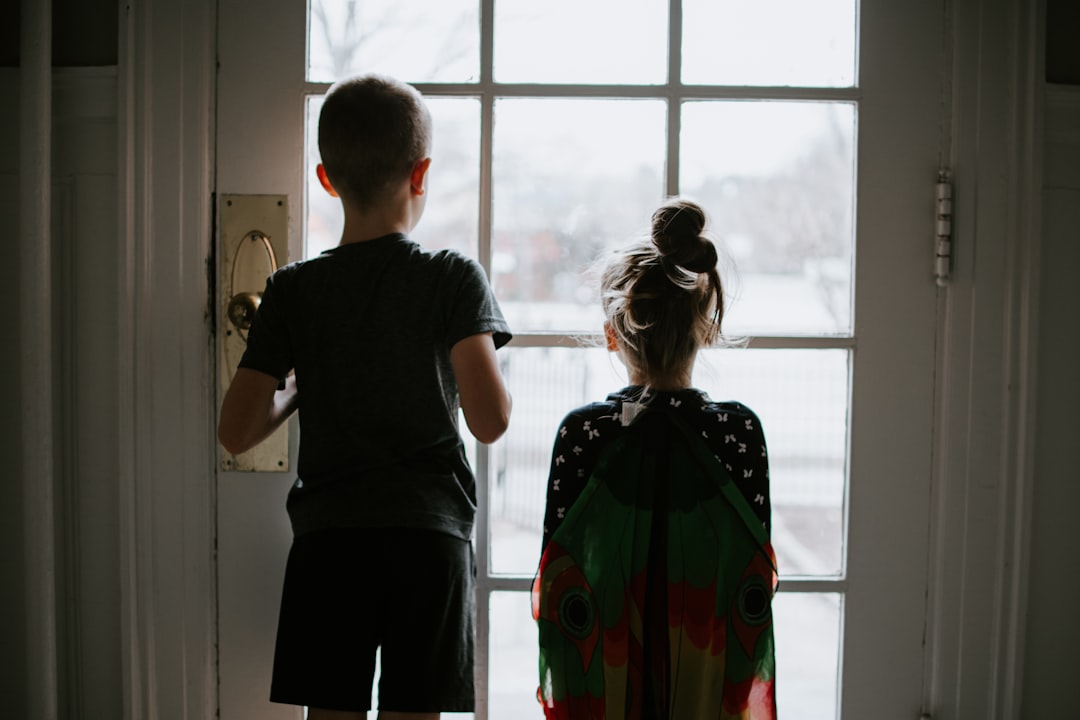
So now we know. Thanks to Isabelle Oakeshott’s decision to go public with Matt Hancock’s WhatsApp messages, and The Telegraph’s willingness to publish The Lockdown Files, we are closer to understanding why schools were closed and children were locked-down for weeks on end in response to a virus that posed barely any risk to their health. The explanations we were given at the time now seem laughable.
Why were children’s playgrounds taped off and locked shut? A few moments enjoying the swings and slides could have made all the difference to a child cooped up in an inner-city flat. Ministers told us they were ‘following the science’. They lied. Just weeks after Covid-19 first emerged, they knew the virus was air-borne. The chances of a six year-old catching Covid from a climbing frame were negligible. But playgrounds remained closed for months.
Why were children in England included in the ‘group of six’ social distancing rules? This bizarre command did not apply in Scotland or Wales. It was only in England that large families could not see relatives, even outside, long after other people were able to enjoy such meetings. Was this ‘following the science’? No. We now find out that ministers knew there was no ‘robust rationale’ for this decision. They went ahead for ‘comms reasons’. In other words, Downing Street’s desire for a simple message meant children missed out on seeing friends and extended-family members.
Why were children kept out of school in January 2021? And why did they remain at home until March 8th? This was clearly not what the Prime Minister or the Education Secretary, Gavin Williamson, had planned. They both argued for business as usual. And it wasn’t ‘following the science’ because we knew that Covid posed little risk to children by this point. It was Matt Hancock’s decision to ‘fight a rearguard action’ and engage in a petty act of political one-upmanship that led to schools being shut. Perhaps he was driven by the thought of the appallingly high numbers of deaths in care homes that had occurred on his watch.
Why were children who tested positive for Covid after taking a lateral flow test expected to isolate for 10 days, even if a more sensitive PCR test showed them to be Covid-free? Was this ‘following the science’? And if it was, why were children - and adults - who took the exact same tests at home rather than at school, not expected to isolate? Why were whole groups of children sent home for a fortnight at a time when classmates they may have had little close contact with produced a potentially false positive Covid test result? This disastrous policy arose because Raghuv Basin, then chief of staff at NHS Test and Trace, did not want to ‘unpick’ a policy that had already been written. Susan Hopkins, then deputy director of Public Health England, justified the rules as a means to ‘prevent the transmission that could occur in schools’. Getting large numbers of healthy children to stay at home was lockdown by the backdoor. The arbitrary nature of those selected, and the knowledge that near-normal life was going on for everyone else, made the whole experience so much worse.
What about masks? At one point, Boris Johnson was clear that getting children to wear masks in the classroom was not a good idea. What changed? It wasn’t the science. The Chief Medical Officer made clear there were ‘no very strong reasons’ for masking children. What changed was that Cabinet Secretary Simon Case decided parents might ‘freak out’ if children in Scotland were expected to wear masks, but not children in England. And Hancock preferred gagging children to a potential confrontation with Nicola Sturgeon. But masks were never consequence-free. They acted as a social barrier that hampered communication and further disrupted learning. Children suffered.
We cannot let Hancock off by describing his approach to children as simply over-cautious. To be cautious would be to weigh up the risks posed to children and their families from Covid against the risks posed from closing schools, shutting playgrounds, pushing children into isolation for weeks on end and forcing them to wear masks for hours each day. By summer 2020, it was already obvious that lockdowns were more damaging to children than Covid. Hancock’s WhatsApp messages suggest including children in restrictions at this point was primarily a matter of convenience and consistency. Ministers preferred the short term buzz of being seen to act, no matter the long term consequences. In short, they prioritised their careers and reputations over the quality of children’s lives.
While the finger is currently being pointed at Matt Hancock, we need to consider how the actions of others, most notably journalists, were complicit in children being treated as disposable. For two years, journalists allowed the mantra ‘follow the science’ to curtail all debate. The only acceptable intervention was to ask for more masking and restrictions. But now it turns out that the science wasn’t so settled after all. And more questioning of the restrictions imposed upon us might have lessened the long-term impact on children’s education, physical and mental wellbeing. Too many adults in positions of power abdicated all moral responsibility for the welfare of children. We must hold them to account for their actions and ensure this despicable state of affairs is never allowed to happen again.


